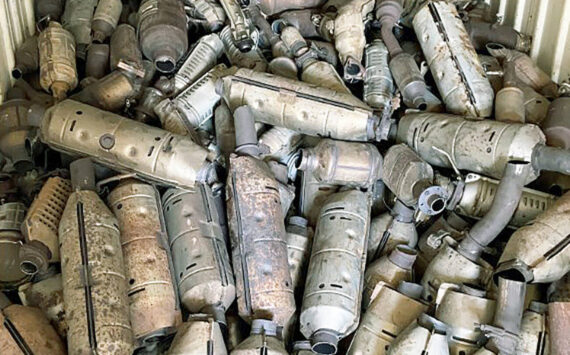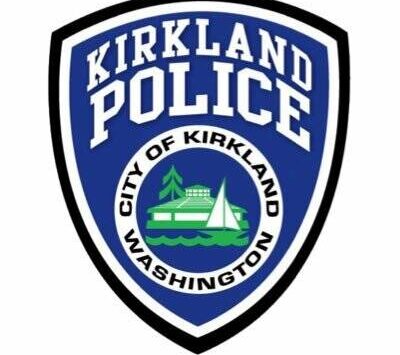Seattle is of two minds about alcohol consumption. Like an alcoholic, our civic leaders are inconsistent, at times angry, capricious, and incoherent when it comes to the demon rum. For all our big-city pretensions, we can’t hold our liquor.
It is not unusual to be of two minds about booze. Anyone who has spent time around alcoholics is used to Jekyll and Hyde behavior. In the area of public policy, however, is it too much to ask for a little consistency?
On the one hand, Nanny City is cracking down on some purveyors of alcohol. Well documented by this paper is City Attorney Tom Carr’s attack on one of Seattle’s most venerable taverns, the Blue Moon. The city has worked successfully to deny a hard-liquor license for the Moon, claiming the legendary hangout is guilty of being a haven for troublemakers and druggies. Further, Carr has threatened to oppose renewal of the Moon’s current license to sell beer and wine, claiming the tavern hasn’t helped police the streets outside its doors. The U District’s problems, in other words, are the Moon’s problems. The fact that the city is underfunding law enforcement falls on the Moon’s management.
Carr wants to force the Moon’s owner to sign a pledge to be a good neighbor. If he doesn’t, Carr could effectively shut the Moon down. He’s attempting to extort cooperation in a “voluntary” program by cutting the tavern’s lifeline, and send a message to other bars.
The Blue Moon isn’t the only establishment to balk at signing such agreements. The city admits as much in its efforts to get approval for a massive expansion of the “alcohol impact areas” to cover the University District, Pioneer Square, downtown, Belltown, and Capitol Hill. The result would be a widespread ban or restriction on the sale of certain types—even specific brands—of beverages favored by street drunks, the poor, and various minority groups. In short, anyone in these neighborhoods who prefers fortified wine or malt liquor will be subjected to a kind of social eugenics and treated like a chronic inebriate.
The current alcohol restrictions are, by the city’s own admission, not working, in part because the city maintains they are not strict enough and many bar owners, like the Moon’s, aren’t cooperating by signing good neighbor pledges. The city’s response to a failed program is to ramp it up and make it mandatory.
At the same time, the city ignores the inherent racism and classism behind the selective prohibitionist policies it’s employing to decide who can drink what when and where. The ban denies poor people—drunkards or not—the right to buy cheap, strong beer, yet it allows their yuppie neighbors to guzzle expensive microbrews that are just as potent.
Imagine the outcry if the city decided to fight an obesity epidemic in the African-American community by banning chocolate sales in the Central District, except for boutique goodies from Dilettante or Fran’s. The city wants expanded powers to pick and choose which legal consumer products you can buy based on the prior assumption that they will be misused.
Liberty, apparently, is only for those who can afford it. This seems to be a growing theme in a town that is rapidly being reconstructed to suit the rich. If malt liquor and Mad Dog 20-20 are such scourges, shouldn’t they be banned everywhere?
On the other hand, while the state liquor board is mulling the city’s request, it is pursing other policies—with the cooperation of the city—that are massively expanding the availability of hard liquor. The city attorney admits that his office’s objection in license cases like the Blue Moon’s is rare. Certainly rare enough to make no difference in the rapid proliferation of alcohol signaled by the disappearance of the classic, though limited, beer and wine tavern.
The tavern was a way to create establishments where drinking could be moderated to milder beverages. But Seattle is on a bender. As Mike Seely reported (“Heat, Drink and Be Merry,” June 28), in less than 10 years Seattle’s hard-liquor licensed establishments are well on their way to doubling (from 475 to 753) while the number of beer and wine joints has dwindled by two-thirds (from 161 to 49) between 1997 and 2005. If this trend continues, soon day cares will be able to offer a full bar and happy hour to tired mommies and daddies.
So, while Seattle is trying to clamp down on problem drinking among the poor, the city and state are enabling a stunning boom in the flow of hard liquor—and benefiting from the increased business and taxes that result. The city extols the virtues of the club and music scenes, not to mention the restaurant and tourism industries, that thrive in alcohol-soaked environments. The state has loosened its requirements to such an extent that the requisite “kitchen” that must be present to help qualify a bar to serve hard liquor now need be nothing more than a microwave that can heat four different kinds of Hungry Man TV dinners.
Government is turning on the tap with one hand while trying to mop up with the other—and the city is lashing out and blaming others for the mess.
Sounds like a mean drunk to me.







